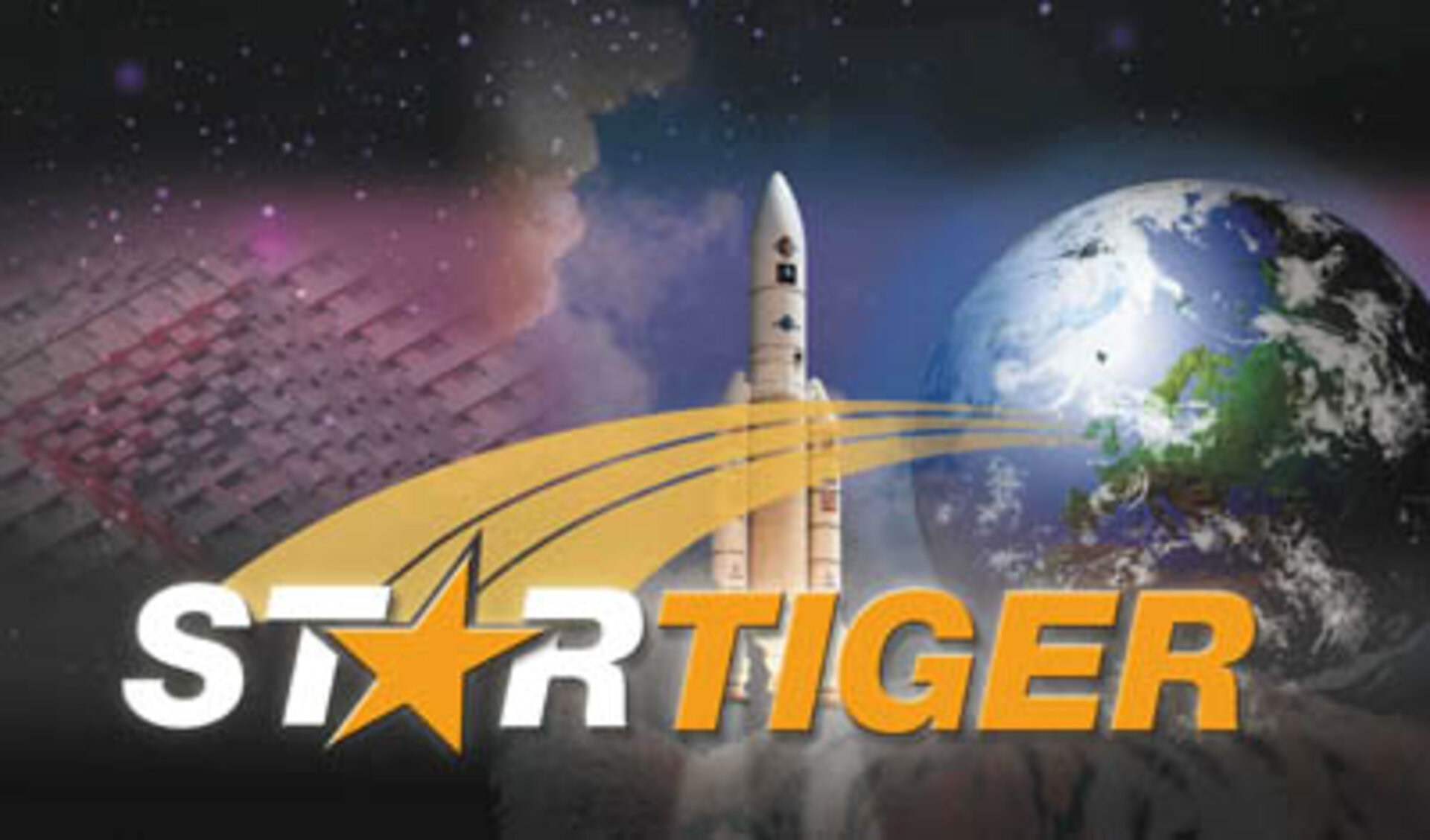Innovative brain synergy in Star Tiger
Bring together a small group of highly motivated researchers, grant them full access to laboratory and production facilities, remove all administrative distractions and let them work for an intense period of four to six months. That’s what Star Tiger* is all about!
This is a new approach to conducting research and development (R&D) which aims to reach a quantum increase in a promising technology within a short period of time.
The opportunity for scientists and specialists to participate in Star Tiger is now open. ESA is looking for 10 professionals with the right qualifications to form a team for the pilot project. Applications must be submitted before 15 April 2002.
"With Star Tiger we want to dramatically reduce the turnaround time for state-of-the art technology developments," says Niels Jensen, ESA's Head of Technology Programmes Department. "A small group of researchers and experts will be given the opportunity to concentrate solely on R&D. Everyday distractions and common administrative tasks will be removed. They will be able to try out new ideas on the spot, make prototypes immediately, and select or ignore new paths as soon as they have been tested. By creating a highly motivated team of researchers and experts and letting them work together in the same laboratory for an intense period with everything they could possibly require, we may see a synergy not attainable to that extent in conventional R&D. This will provide a very real chance of a key scientific breakthrough in a technological area."
In line with the Agency's recent initiative undertaken within the Technology Research Programme* to facilitate innovative and breakthrough research, Star Tiger is a pillar of innovation addressing specifically the way R&D is conducted and implemented. The pilot project will take place this summer at the CLRC Rutherford Appleton Laboratory (RAL) in England and will run for a period of four months.
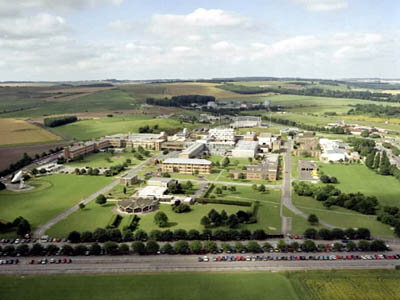
"The Star Tiger project promises to be extremely exciting and everyone in my department will be watching it with great interest. As well as being the largest space science department in Europe, we have some of the most highly regarded scientists and engineers and the team will have access to our top class laboratories. With the right team recruited and the backing of my department, this project just has to succeed!" said Professor Richard Holdaway, Director of Space Science and Technology Department at RAL.
In fact to ensure the maximum chance of success the Star Tiger team will have at their disposal the full resources of RAL's Space Science and Technology Department’s Central Microstructure Facility and Millimetre Wave Technology Group. A support team of approximately 30 engineers and scientist at RAL will assist the Star Tiger team during the four months.
Develop a colour sub-millimetre-wave imager
The Star Tiger pilot project aims to realize a compact terahertz imager using state-of-the-art micro-machining technology.
The end product will be an imager, or a camera, operating in two frequencies, 250 GHz and 300 GHz, and will be used to produce pictures of natural terahertz waves emission. The two frequencies provide a means for contrasting between materials with different transmission and reflection properties, effectively creating two colours.
The use of optical wavelength focal plane arrays in imaging applications for astronomy, high resolution still and video cameras, star trackers etc., has become commonplace within the civilian and defence sectors. Detection systems capable of high resolution imaging in the millimetre, sub-millimetre and terahertz wavelengths region are still far less common due to technical difficulties and perceived cost associated with the development of arrays of adequate sensitivity. The technical complexities involved in the development of ‘competitive’ multi-element systems require careful consideration and evaluation if an effective instrument is to be demonstrated.
The proposed development of a colour sub-millimetre-wave imager, integrates such innovative technology areas as planar antenna technology, planar detector technology, micro machining technology, photonic band gap materials and miniaturised back-end electronics.
It would represent a true breakthrough for sub-millimetre-wave remote sensing from space. In the field of planetary and atmospheric sensing, linear arrays capable of simultaneously measuring height-resolved spectral features would have a major impact on issues such as climate change and ozone chemistry.
What can we see with such a camera?
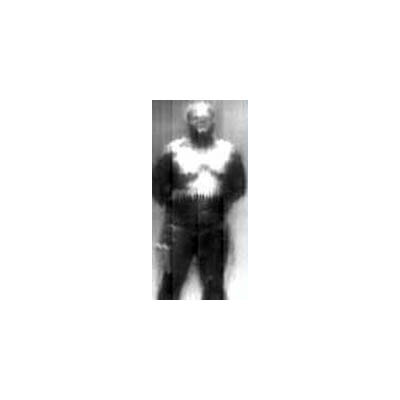
A millimetre-wave imager will provide a information hidden in emitted waves that cannot be seen with the naked eye. Space applications for this include astronomy, atmospheric physics, and Earth and environment monitoring.
In cosmology one of the most challenging problems is the identification of primordial density perturbations that have grown to form the structures that we see in the Universe today. Such perturbations left small temperature anisotropies imprints in the cosmic microwave background. The combination of millimetre and terahertz frequencies allows contamination from galactic emission and extragalactic sources to be removed from the cosmological temperature anisotropies.
For environmental monitoring, terahertz frequencies can be used to obtain data for studies on ozone depletion mechanisms, while millimetre wave frequencies can focus on exchanges between troposphere and stratosphere, bringing complementary information useful for studies on global changes.
Space astronomy observations at sub-millimetre wavelengths will also open up a virtually unexplored part of the spectrum that cannot be observed well from the ground. This could answer some of the big questions of how galaxies formed in the early universe, and how stars form, and have been forming throughout the history of the universe.
Apart its space mission utilization, a terahertz imager also offers potential for non-space applications. In the medical field, terahertz imaging is fast becoming recognised as a totally new undiscovered diagnostic technique. By observing terahertz waves it is possible to see through many optically opaque materials. A terahertz imager will be able to obtain an image which has X-ray-like properties without the use of harmful radiation. According to present knowledge, Terahertz waves are also able to penetrate the uppermost layers of skin making the early detection of skin cancers an exciting possibility. The unique properties of terahertz waves can undoubtedly pave the way for as yet unforeseen research and applications deriving from a colour imager capability.
As such, with potential applications ranging from science, Earth and environment monitoring to medicine, the development of a compact terahertz imager is very much in line with ESA’s policy of serving European citizens.
Would you like to become a "Star Tiger"?
Now is the time to apply to become part of the Star Tiger team. The pilot project will take place at the CLRC Rutherford Appleton Laboratory (RAL) in the UK from 3 June to 4 October.
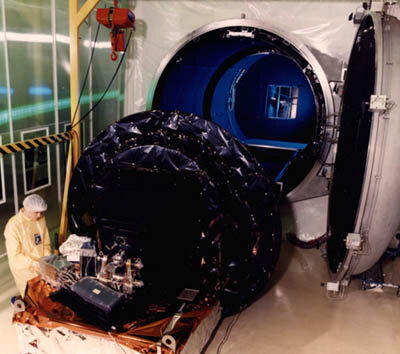
RAL is one of the foremost research laboratories in the terahertz field and has a recognised expertise in micro and nano fabrication technology. As such it provides a unique combination of expertise and laboratory facilities for design, testing and production of a compact terahertz imager using micro-electro-mechanical technology.
"Following our recent development successes in the field of terahertz materials and antennae, the real possibility now exist for producing a compact terahertz imager," says Peter De Maagt, ESA's Project Manager for the Star Tiger project. "Together with the expertise and laboratory facilities at RAL we have a real chance of succeeding."
However the team will need to overcome some daunting tasks on the way. “We will be combining technologies that are still in their infancy,” explained Dr Chris Mann, the Project Manager at RAL. “In this project we’ll be handpicking people for their expertise and ability to work in a team and to work together to push the present state-of-the-art technology to its limit.”
The team, will include specialists in each of the following areas:
- Lithography
- Fabrication of micro-electro-mechanical systems (MEMS)
- Radio frequency (RF) system design
- Optical and RF photonic band gap design
- Test and measurement
- CCD (charge-coupled device) imaging
- Packaging, micro and self assembly
- Mechanical design
- Material sciences
- Solid state or general physics
As well as the relevant experience, successful candidates must possess the right team spirit, be innovative and creative, and have ability to achieve results under stress and within limited time resources. The language of the Star Tiger pilot project will be English.
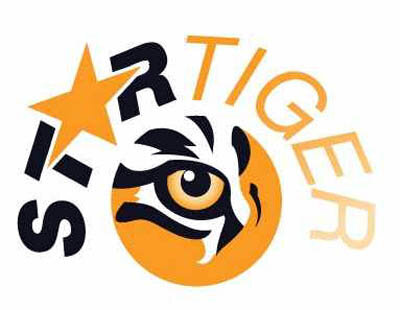
"We are now looking for the best scientists, researchers and experts to join the project. It will be a compelling opportunity and an exciting challenge for all participating team members. We are quite confident that the Star Tiger concept will demonstrate a new method of doing R&D," explained Chris Mann.
"If, at the end of the four month project we succeed in having a first version of a sub-millimetre imager we will have managed a real breakthrough in a completely new technology with strategic importance for European space activities as well as in many non-space fields," added Peter de Maagt.
Applications to take part in this project should be submitted before 15 April 2002. For more information on this pioneering project see the Star Tiger home page at www.startiger.org or contact:
Peter de Maagt
Electromagnetic Division
PO Box 99
NL Noordwijk, The Netherlands
Tel: +31 71 565 5906
Fax: +31 71 565 4999
Email: peter.de.maagt@esa.int
Chris Mann
Millimetre Wave Technology Group
Space Science and Technology Department
Rutherford Appleton Laboratory
Chilton, Didcot, OX11 OQX
The United Kingdom
Tel: +44 7990 506110
Fax: +44 1235 445848
Email: c.m.mann@rl.ac.uk
* Star Tiger is an acronym for ‘Space Technology Advancements by Resourceful, Targeted & Innovative Groups of Experts & Researchers’, an activity under the European Space Agency's Basic Technology Research Programme (TRP) to facilitate innovative and breakthrough research. Star Tiger is a pioneering ESA initiative in collaboration with the Space Science and Technology Department at CLRC Rutherford Appleton Laboratory.
* Basic Technology Research Programme (TRP) is an ESA mandatory programme that includes the whole range of space technologies and is mid- to long-term oriented, covering the early stages of the technology development cycle. The TRP provides the nucleus of ESA’s technology efforts and enables the missions of the future.


